Shirinsadat Ziaei
Advisor: Neil Minuk
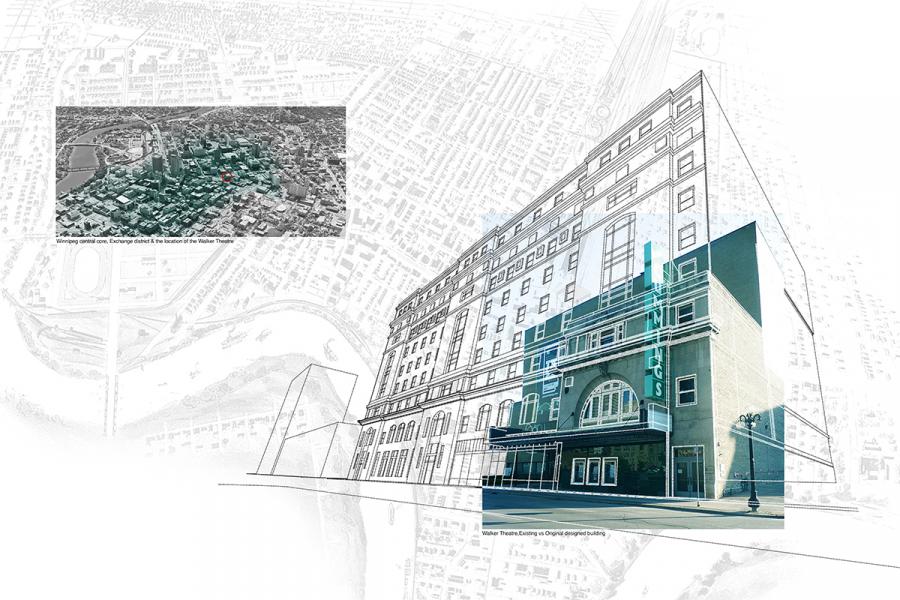

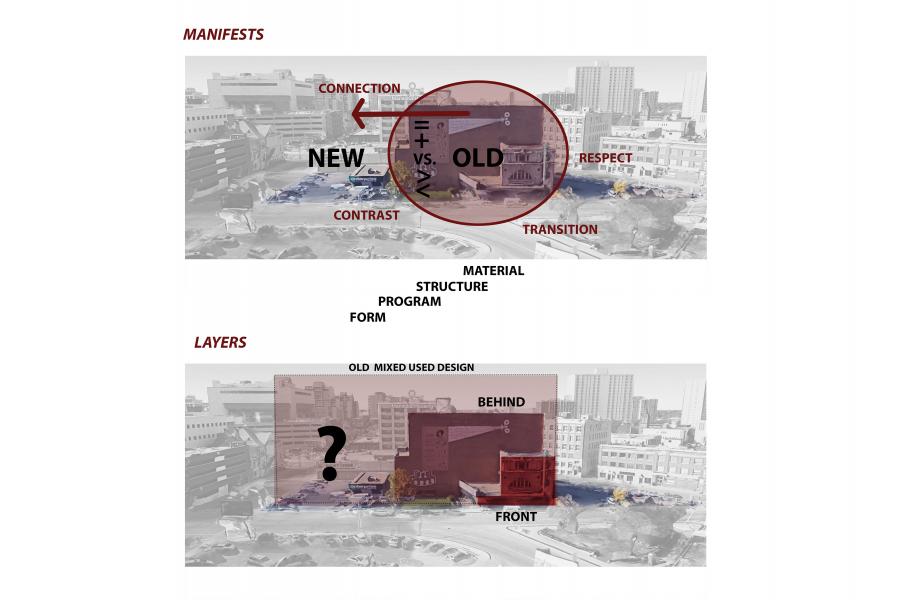
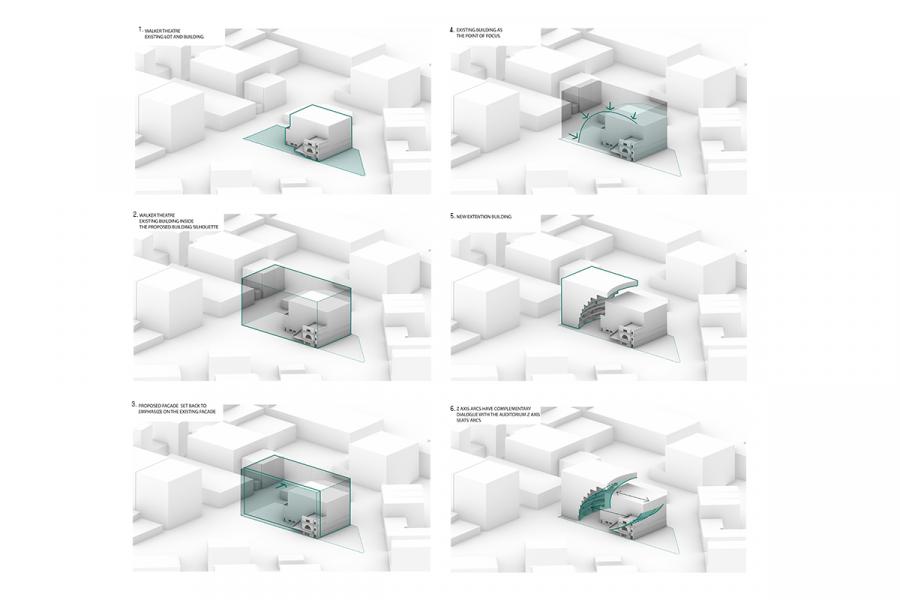
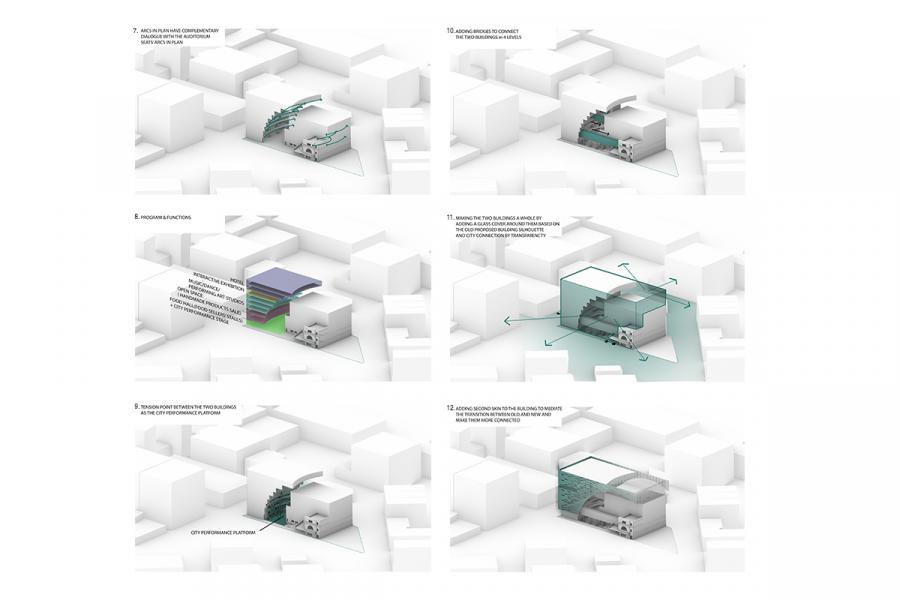
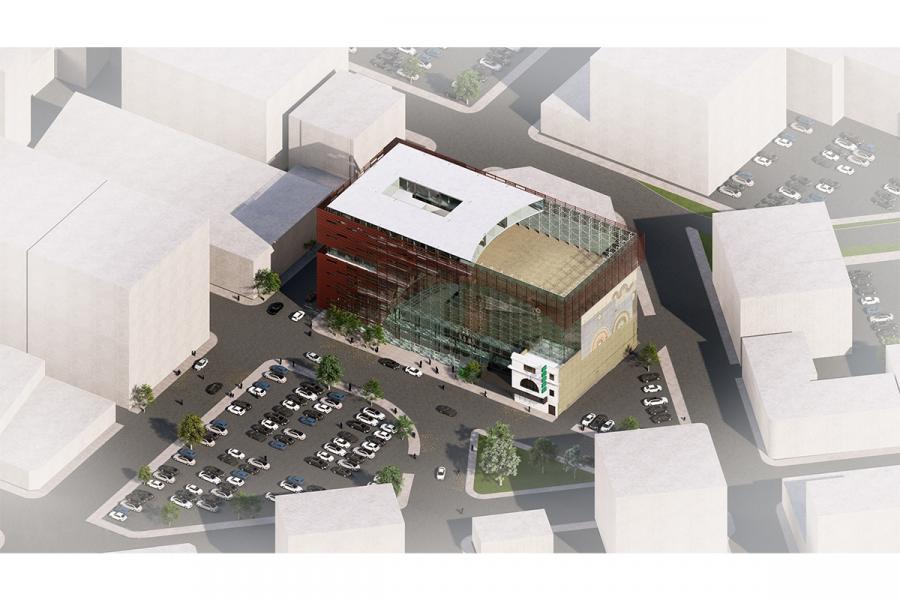
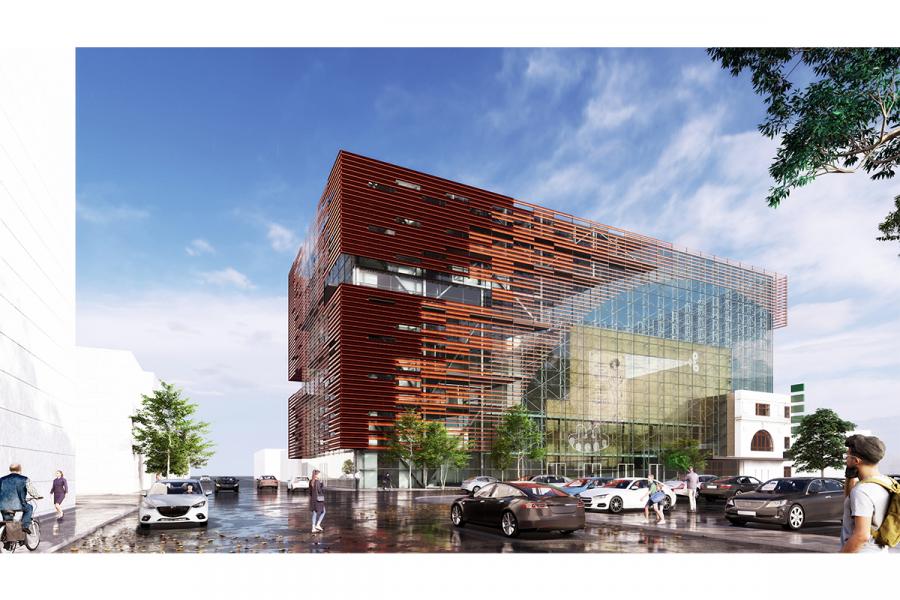
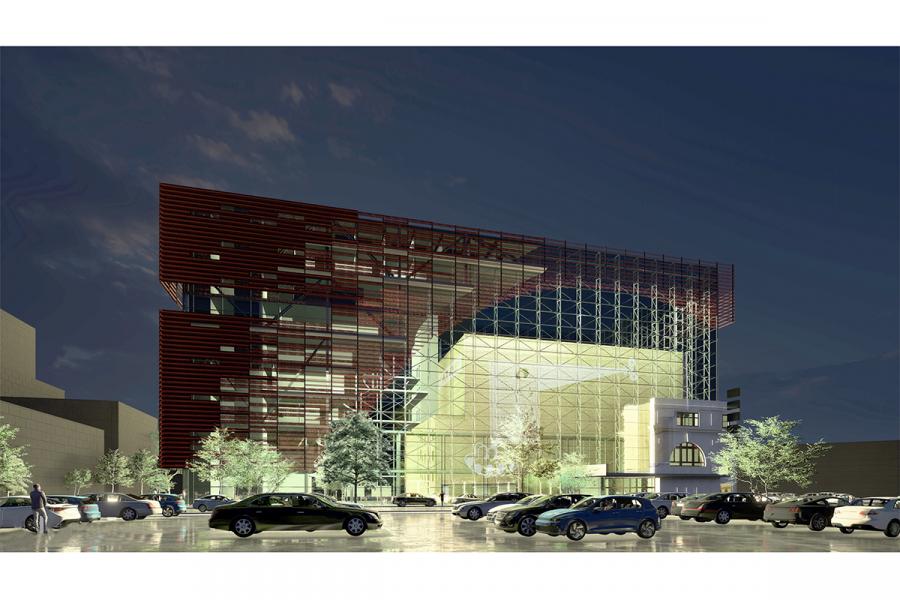
The future of the past: Adaptive reuse and remodelling of Winnipeg’s Walker Theatre heritage building
This thesis explores the intersection of memory and invention in architectural design and the transformative potential of architecture in the context of heritage conservation and adaptive reuse, focusing on the downtown core of Winnipeg, Manitoba. Looking back into the history of the city of Winnipeg, the shift of industrial and commercial activities to the suburbs has left historic buildings of its downtown core obsolete or facing neglect, leaving these buildings which are recognized for their cultural and historical significance with threats of demolition and fire and as a result, contributing to gaps in the city's landscape.
The research is motivated by the fundamental question: If these heritage buildings are to be saved, what is to be done with them and What would be the answer to the dialogue of new and old architecture in this case? The proposal delves into the possibilities of architecture changing the fate of Winnipeg's heritage buildings, emphasizing their positive contribution to the city. The aim is to reintegrate historic buildings into the urban fabric, restoring their vitality and weaving them into the ongoing flow of life. The study explores ways to envision the future of old buildings beyond mere restoration or preservation. Addressing the connection between the past and present, finding a balance between conservation and design, and making significant alterations while still preserving identity are important considerations. The proposal entertains the notion of conservation as a form of invention, creating memories over time, and emphasizes the positive aspects of change in conservation efforts.
Constructed in 1906 on MC Dermot Avenue, the Walker Theatre was a notable building in the theater-dense area of that time. Originally part of a complex plan involving a hotel, office, and retail spaces, only the Walker Theatre was completed. Functioning as a live performance venue until 1933, it played a role in historical events such as the Winnipeg General Strike and women's suffrage. Later, it transformed into the Odeon Cinema. Despite closure during the Great Depression, the theatre underwent restoration and reopened in 1991, resuming its role as a live performance venue. Noteworthy for being an early example of mixed-use development, it followed the Auditorium building in Chicago.
The proposed thesis will be the preservation of the Walker Theatre, a heritage building selected for its historical and cultural significance in the city of Winnipeg which encapsulates dual forms of memory. One is the unrealized, conceptual potential that never took physical shape, while the other consists of the tangible, eventful moments in history when this space functioned as a vital social and political nexus for the city. These represent two iconic facets of historical preservation—the preservation of the envisioned forms and spaces of historic buildings, as well as the embodiment of the significant events that unfolded within this space.
